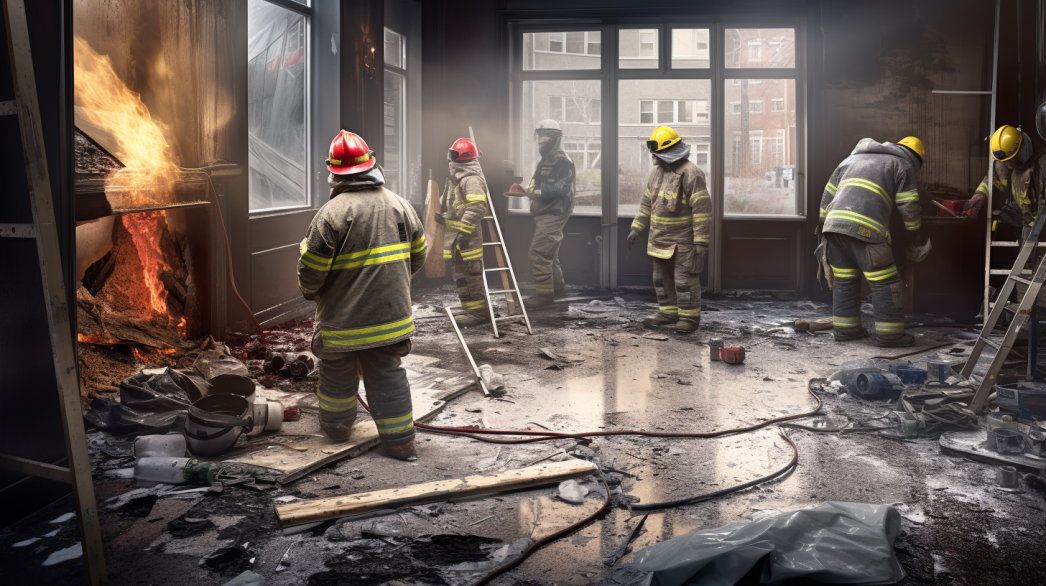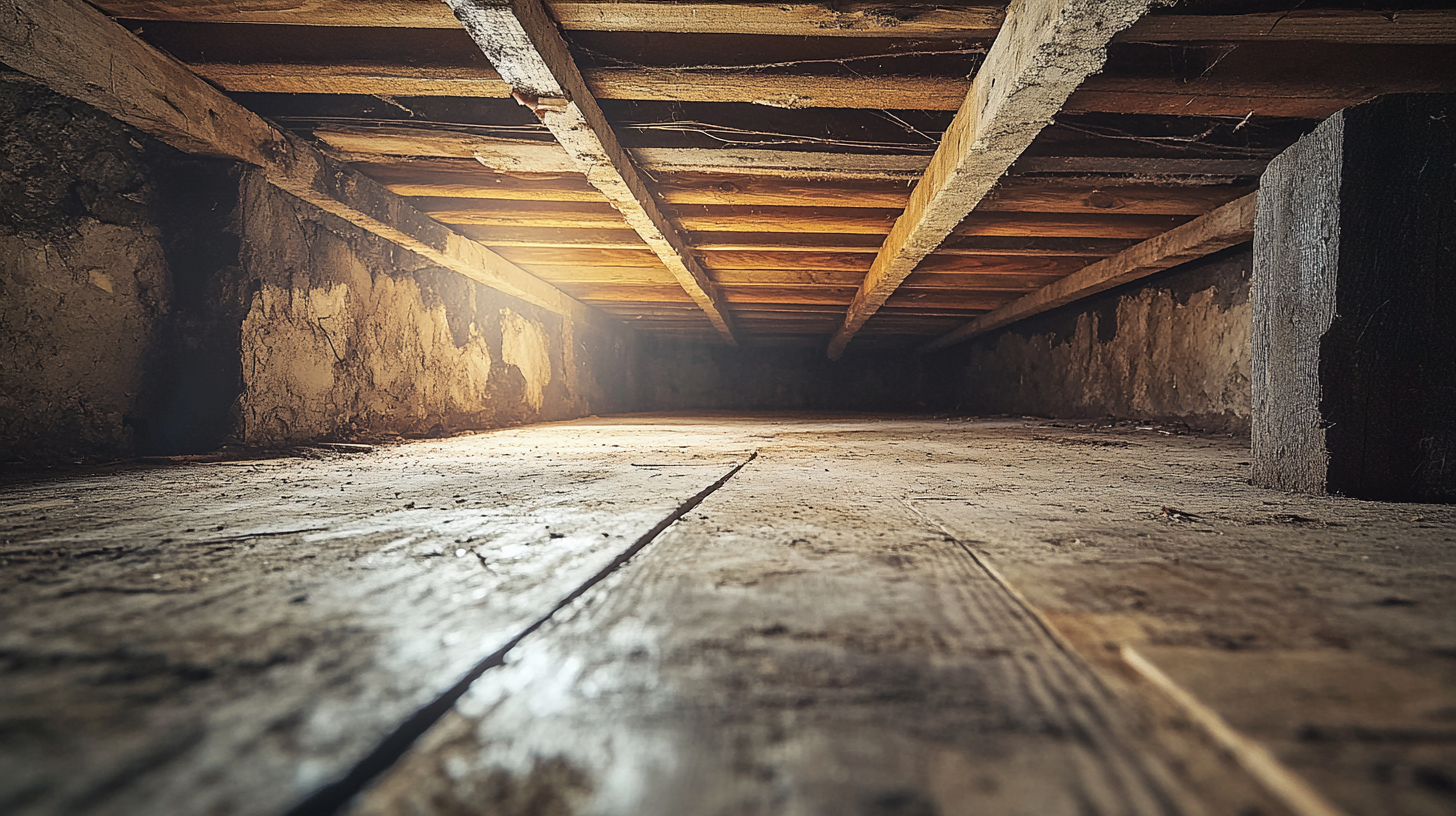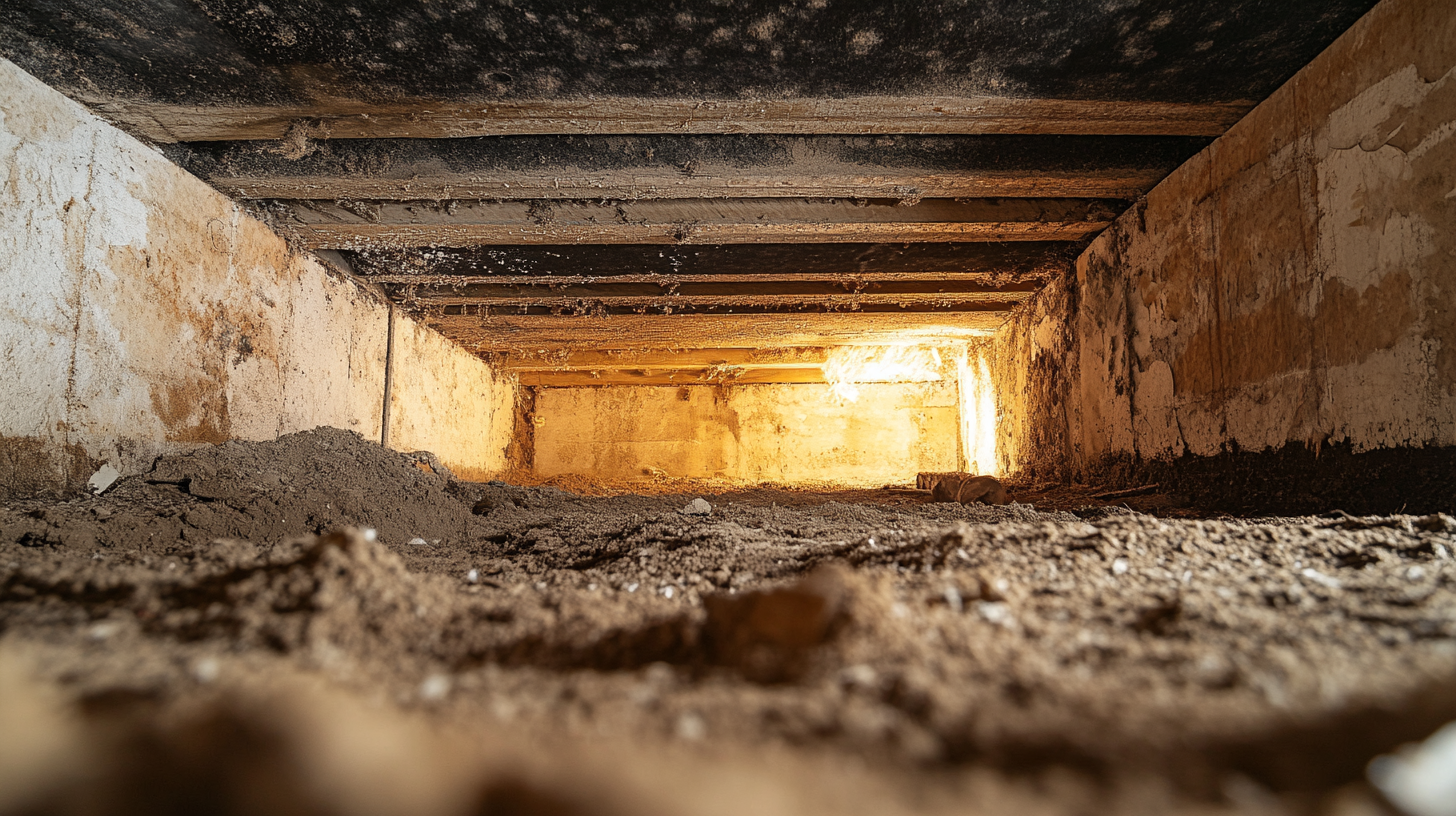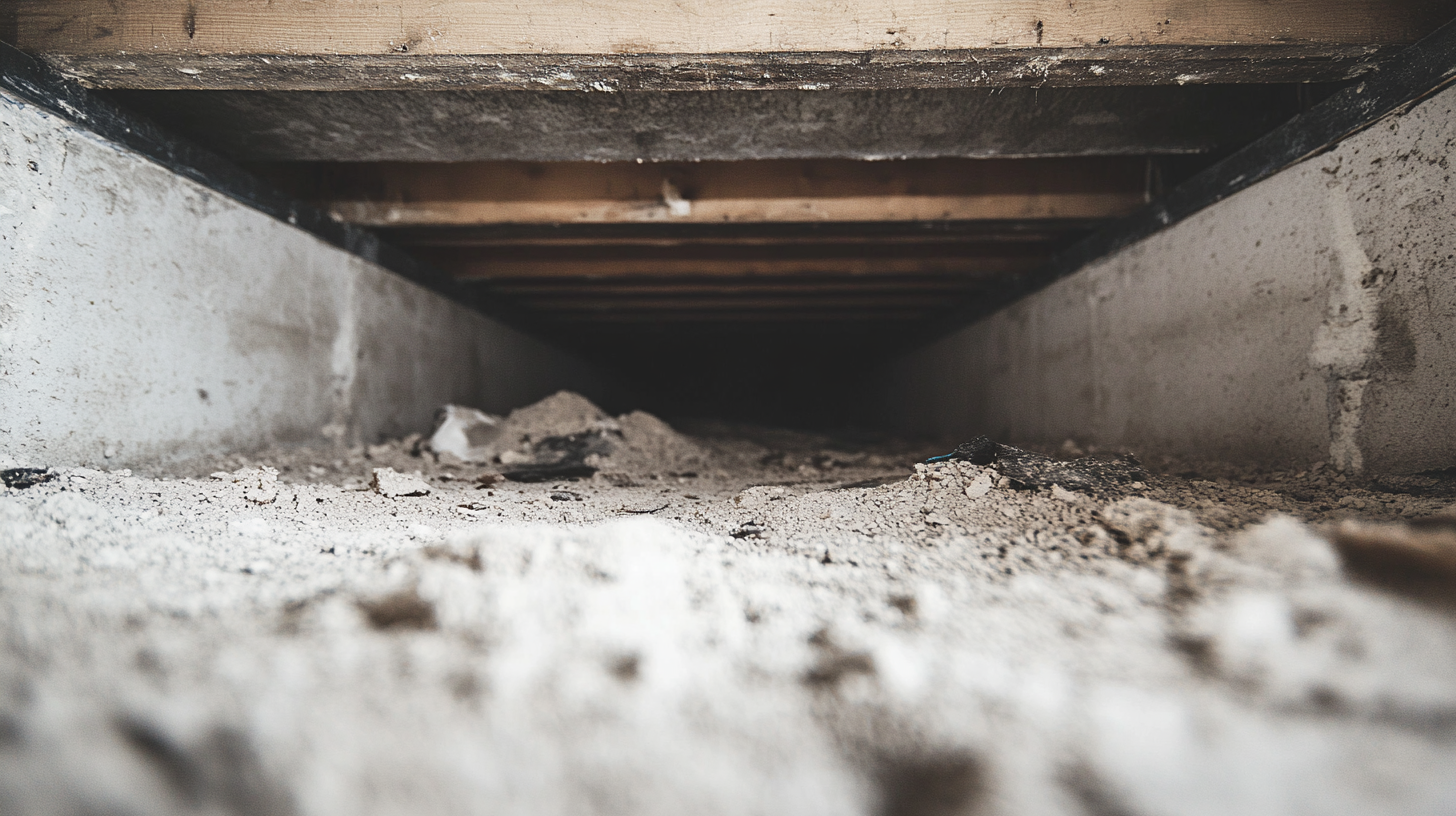Locally owned and operated.
Call Us Anytime: +1 843-304-6615
CLEANING & RESTORATION
24/7 Emergency Services:
Call us at 843-305-3383
Locally owned and operated.
Call Us Anytime: 843-305-3383
CLEANING & RESTORATION
24/7 Emergency Services:
Call us at 843-305-3383
Fire Damage Restoration: Key Safety Protocols to Follow

Fire damage restoration is a critical and complex process that involves returning a property to its pre-loss condition after a fire. This type of restoration work is inherently hazardous, presenting numerous risks to workers, occupants, and the structure itself. Therefore, prioritizing safety in fire damage restoration is not just a regulatory necessity but a fundamental component of a successful and effective restoration project.
The aftermath of a fire can leave behind a myriad of hazards, including structural instability, hazardous materials like asbestos or lead, and the presence of soot and ash, which can pose respiratory risks. These dangers necessitate a meticulous approach to safety planning and implementation. A comprehensive safety plan ensures that all risks are identified and managed, protecting the health and well-being of restoration workers and preventing further damage to the property.
Effective safety measures in fire damage restoration encompass various elements, from proper use of personal protective equipment (PPE) to rigorous site inspections and hazard identification. Workers must be thoroughly trained in safety protocols, including emergency response procedures and the correct handling of hazardous materials. Regular safety meetings and continuous education on new safety regulations and best practices are essential to maintain a high level of safety awareness on-site.
Moreover, a robust incident reporting system is crucial for documenting and analyzing any accidents or near-misses, allowing for continuous improvement of safety measures. By fostering a culture of safety and vigilance, restoration teams can minimize risks, ensuring a safe working environment and the successful completion of restoration projects.
In conclusion, the importance of safety in fire damage restoration cannot be overstated. It is the bedrock upon which all restoration efforts must be built, ensuring not only the protection of workers but also the integrity and resilience of the restored property. Prioritizing safety leads to more efficient restoration processes, reduced downtime, and ultimately, a safer environment for all.
Initial Assessment and Hazard Identification
Site Inspection
Conducting a thorough site inspection is the foundational step in creating a comprehensive safety plan for fire damage restoration. This process involves meticulously examining the affected area to identify any potential hazards that could pose risks to workers and the structural integrity of the property.
Key aspects of site inspection include:
- Identifying Potential Hazards: Systematically survey the entire site to detect dangers such as weakened structures, exposed electrical wiring, and hazardous materials like asbestos or lead. Each of these hazards can have significant implications for safety and must be addressed promptly.
- Assessing Structural Stability: Evaluate the structural stability of the building, looking for signs of damage that could lead to collapse or further deterioration. Pay particular attention to load-bearing walls, beams, and floors that may have been compromised by fire.
- Detecting Hazardous Materials: Identify the presence of hazardous materials that can pose health risks, such as soot, ash, mold, and chemical residues from firefighting efforts. Use appropriate detection equipment and methods to ensure a comprehensive assessment.
By conducting a detailed site inspection, restoration teams can gather essential information to inform the next steps in the safety planning process.
Risk Assessment
Following the identification of potential hazards during the site inspection, a thorough risk assessment is crucial to evaluate the severity and likelihood of these hazards and prioritize them based on their potential impact on safety.
Key elements of risk assessment include:
- Evaluating Severity: Determine the potential consequences of each identified hazard. Consider how serious the impact would be if the hazard were to cause an incident, including possible injuries to workers, further damage to the property, and environmental harm.
- Assessing Likelihood: Analyze the probability of each hazard causing harm under current conditions. This involves considering factors such as the frequency of exposure, existing safety measures, and historical data on similar hazards.
- Prioritizing Hazards: Rank the hazards based on their severity and likelihood. High-priority hazards, which pose the greatest risk, should be addressed immediately with targeted safety measures. Lower-priority hazards should also be managed appropriately, but with less urgency.
By systematically evaluating and prioritizing hazards, restoration teams can focus their efforts on mitigating the most critical risks, ensuring a safer working environment and more effective restoration process.
Personal Protective Equipment (PPE)
Essential PPE
Proper Personal Protective Equipment (PPE) is vital for safeguarding workers involved in fire damage restoration. The nature of the work exposes them to various hazards, including smoke, contaminants, debris, and other harmful substances. Ensuring that workers are equipped with the necessary PPE is crucial for their safety and the overall success of the restoration project.
Respiratory Protection:
Masks and Respirators: Workers must wear masks and respirators to protect their respiratory systems from inhaling smoke, ash, and other airborne contaminants. Depending on the severity of the exposure, different types of respiratory protection may be required, such as N95 masks for particulate matter or more advanced respirators for toxic fumes.
Eye Protection:
Safety Goggles: Eye protection is essential to shield workers' eyes from debris, dust, and hazardous particles. Safety goggles should be worn at all times to prevent injuries and ensure clear vision during restoration tasks.
Skin Protection:
Gloves, Long Sleeves, and Protective Clothing: To prevent skin contact with harmful substances and sharp objects, workers should wear durable gloves, long sleeves, and protective clothing. These items help protect against cuts, abrasions, and exposure to hazardous materials commonly found in fire-damaged areas.
Usage and Maintenance
Ensuring the proper usage and maintenance of PPE is as important as providing the equipment itself. Workers must be trained to use PPE correctly and to recognize the importance of maintaining it in good condition.
Proper Fitting:
Ensure Proper Fitting: PPE must fit correctly to provide effective protection. Ill-fitting equipment can fail to protect or even cause additional hazards. Regular checks should be conducted to ensure that all PPE fits well and provides the necessary protection without impeding movement or functionality.
Regular Maintenance:
Regular Maintenance: PPE should be inspected regularly for signs of wear and tear. Damaged or worn-out equipment should be replaced immediately to ensure continuous protection. Maintenance routines should include cleaning, disinfecting, and proper storage to extend the life of the equipment and maintain its effectiveness.
Training on Correct Usage:
Train Workers on Correct Usage: Comprehensive training programs are essential to educate workers on the correct usage of PPE. This training should cover how to properly wear, adjust, and remove PPE, as well as how to identify potential issues with the equipment. Workers should understand the importance of using PPE consistently and correctly to protect themselves from the inherent dangers of fire damage restoration work.
By prioritizing the essential PPE and ensuring its proper usage and maintenance, restoration teams can significantly reduce the risk of injuries and health issues, thereby enhancing the safety and efficiency of the fire damage restoration process.
Safe Work Procedures
Handling Debris and Ash
In fire damage restoration, handling debris and ash safely is crucial to protect workers and prevent further contamination. These materials can pose significant health risks if not managed properly, including respiratory issues and skin irritation. Implementing safe work procedures for debris and ash handling ensures a safer work environment and compliance with regulations.
Minimizing Dust and Ash Dispersion:
Use Appropriate Tools and Techniques: Utilize tools and techniques designed to minimize the spread of dust and ash. This includes using vacuums with HEPA filters, wetting down debris before removal to reduce airborne particles, and carefully bagging and sealing ash and debris to prevent dispersion. Workers should also use dust suppression methods, such as water sprays, to keep the area damp while handling debris.
Wear PPE: Ensure all workers handling debris and ash wear appropriate Personal Protective Equipment (PPE), including respirators, gloves, and protective clothing, to safeguard against inhaling or coming into contact with hazardous particles.
Disposing of Debris:
Dispose of Debris According to Local Regulations: Proper disposal of fire-damaged materials is essential to prevent environmental contamination and adhere to local regulations. Segregate hazardous materials from general debris and follow specific guidelines for disposing of items like asbestos-containing materials, electronics, and chemicals. Ensure that all waste is transported to authorized disposal facilities and that documentation of disposal practices is maintained for regulatory compliance.
Electrical Safety
Electrical safety is a paramount concern during fire damage restoration. Electrical systems can be severely compromised by fire, creating risks of shock, electrocution, and fire resurgence. Establishing rigorous electrical safety procedures helps protect workers and ensures a safe restoration process.
Turning Off Electricity:
Turn Off Electricity Before Beginning Restoration: Before starting any restoration work, ensure that the electricity is turned off at the main circuit breaker or fuse box. This precaution eliminates the risk of electric shock and fire hazards while working in and around damaged electrical systems. Verify that the power is off using appropriate testing equipment before proceeding with any work.
Using GFCIs:
Use Ground Fault Circuit Interrupters (GFCIs) for Power Tools and Equipment: When using power tools and electrical equipment during restoration, always connect them to circuits protected by GFCIs. GFCIs are designed to shut off electrical power in the event of a ground fault, significantly reducing the risk of electric shock. Portable GFCI adapters can be used if GFCI outlets are not available on-site. Regularly test the GFCIs to ensure they are functioning correctly.
By following these safe work procedures for handling debris and ash and ensuring electrical safety, fire damage restoration teams can create a safer work environment, prevent accidents, and ensure compliance with safety regulations. Implementing these practices not only protects workers but also contributes to the successful and efficient completion of the restoration project.
Air Quality Management
Ventilation
Ensuring adequate ventilation is a critical component of air quality management during fire damage restoration. Proper ventilation helps disperse smoke, fumes, and airborne contaminants, creating a safer and healthier environment for workers and occupants.
Dispersing Smoke and Fumes:
- Ensure Adequate Ventilation: Open windows and doors to promote natural airflow and use fans to enhance air circulation. For enclosed areas or spaces with limited natural ventilation, consider using mechanical ventilation systems. These systems help to expel contaminated air and bring in fresh air, reducing the concentration of harmful substances.
- Use Air Scrubbers and Purifiers: Deploy air scrubbers and purifiers equipped with HEPA filters to capture fine particles, including smoke, ash, and other contaminants. These devices can significantly improve indoor air quality by continuously filtering the air, removing particulates, and reducing odors. Place air scrubbers strategically throughout the affected area to ensure comprehensive air cleaning.
Monitoring Air Quality
Regularly monitoring air quality is essential to detect harmful contaminants and ensure that the restoration environment remains safe. Continuous air quality assessments allow for timely intervention and the implementation of measures to reduce exposure to hazardous substances.
Testing for Harmful Contaminants:
Regularly Test Air for Harmful Contaminants: Conduct frequent air quality tests to measure the levels of smoke, carbon monoxide, volatile organic compounds (VOCs), and other hazardous substances. Use specialized equipment such as air sampling pumps and detectors to accurately assess air quality. Testing should be carried out at various stages of the restoration process to identify any fluctuations in contaminant levels.
Reducing Exposure to Hazardous Substances:
Implement Measures to Reduce Exposure: Based on the results of air quality tests, take appropriate actions to mitigate exposure to harmful contaminants. This may include increasing ventilation, using additional air purifiers, or temporarily evacuating areas with high levels of pollutants. Ensure that workers use appropriate Personal Protective Equipment (PPE) such as respirators to protect against inhaling dangerous substances. Educate workers on the importance of maintaining good air quality and following safety protocols to minimize health risks.
By prioritizing ventilation and air quality monitoring, fire damage restoration teams can effectively manage air quality, ensuring a safer and healthier environment for all involved. Implementing these practices helps mitigate the risks associated with airborne contaminants, contributing to the overall success and safety of the restoration project.
Fire Residue and Contaminant Removal
Cleaning Techniques
Effective removal of fire residue and contaminants is a crucial aspect of fire damage restoration. Specialized cleaning techniques are necessary to ensure the safe and thorough decontamination of affected areas. These methods help restore the property while protecting the health of workers and occupants.
Removing Soot and Smoke Residue:
Use Specialized Cleaning Agents: Employ cleaning agents specifically designed to remove soot and smoke residues. These agents can effectively break down and lift stubborn residues from surfaces without causing further damage. Techniques such as dry cleaning sponges, chemical cleaners, and pressure washing may be used, depending on the nature and extent of the residue.
Apply Proper Decontamination Methods for Hazardous Materials: When dealing with hazardous materials like asbestos, lead, or chemical residues from firefighting efforts, use appropriate decontamination methods. This may involve encapsulation, chemical neutralization, or specialized vacuuming equipment to safely remove contaminants without spreading them further. Ensure that all workers handling these materials are equipped with the necessary Personal Protective Equipment (PPE) and trained in safe handling procedures.
Safe Disposal
Safe disposal of contaminated materials is essential to prevent environmental pollution and comply with regulatory requirements. Proper disposal practices ensure that hazardous waste is managed responsibly and legally.
Disposing of Contaminated Materials:
Follow Local Regulations for Disposing of Contaminated Materials: Adhere to local and national regulations governing the disposal of hazardous waste. This includes identifying and categorizing the waste, using appropriate containers, and transporting it to authorized disposal facilities. Hazardous materials such as asbestos, chemicals, and electronic waste require special handling and disposal methods to prevent environmental contamination.
Document Disposal Procedures for Compliance: Maintain detailed records of all disposal activities to ensure compliance with regulatory requirements. Documentation should include the types and quantities of materials disposed of, the methods used, and the locations of disposal. Keeping accurate records not only ensures regulatory compliance but also provides a traceable history that can be useful in audits or inspections.
By implementing specialized cleaning techniques and following safe disposal practices, fire damage restoration teams can effectively manage fire residues and contaminants. These efforts help to restore the affected property safely and responsibly, ensuring the health and safety of workers and the surrounding community.
FAQs
-
Why is PPE important?
PPE is essential to protect workers from hazards such as smoke, debris, and hazardous materials, ensuring their safety during restoration tasks.
-
How to handle hazardous materials?
Handle hazardous materials using specialized decontamination methods, proper PPE, and follow all safety guidelines to minimize exposure and contamination risks.
-
What about electrical safety?
Ensure electricity is turned off before beginning work and use GFCIs for power tools to prevent electrical shocks and other hazards.
-
How to ensure good ventilation?
Ensure adequate ventilation by opening windows, using fans, and deploying air scrubbers to disperse smoke and improve air quality.
-
How to dispose of debris?
Dispose of debris following local regulations, segregate hazardous materials, and maintain detailed documentation for compliance and safety.
Contact Fast Response Cleaning & Restoration Today!
Fast Response Cleaning & Restoration will do everything we can to ensure your experience with us is excellent.
Request A FREE Estimate
Request A FREE Estimate Form
We will get back to you as soon as possible.
Please try again later.
CHECKOUT RECENT POST



Have an Emergency? We're Here to Help!
When it comes to disaster cleanup, we are a seasoned veteran in the industry and have helped hundreds of property owners just like you.
Our disaster recovery teams are available 24-7 to quickly clean up and repair disasters of all types.

We're looking forward to providing you with our outstanding services!
COMPANY INFO
ADDRESS: 307 Cold Creek Pass, Bluffton, SC, 29910, United States
EMAIL: office@fastresponsecr.com
PHONE: 843-305-3383
OFFICE: 843-304-6615
HOURS
SUNDAY: Open 24 Hours
MONDAY: Open 24 Hours
TUESDAY: Open 24 Hours
WEDNESDAY: Open 24 Hours
THURSDAY: Open 24 Hours
FRIDAY: Open 24 Hours
SATURDAY: Open 24 Hours
Copyright © 2021 Fast Response Cleaning & Restoration
Fast Response Cleaning and Restoration FL | Sitemap | Privacy Policy